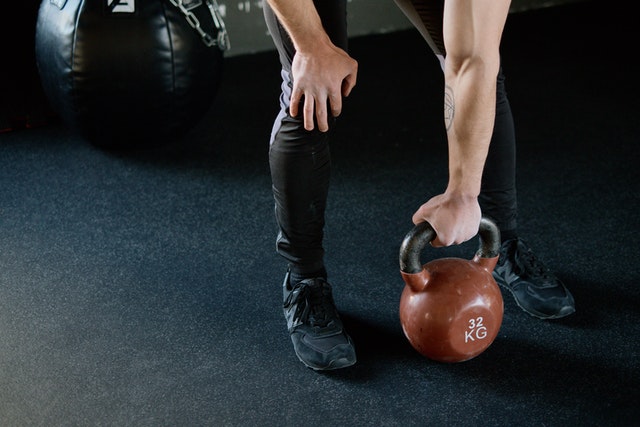
The topic of strength training and improving bone mass was originally written in an article by the Harvard Medical School, The original article can be found in this link.
Did you know that strength training is not only great for building muscle mass but can also improve joint function and help prevent injuries? In fact, studies have shown that regular strength training can actually increase the size and strength of the bones in your arms and legs. If you’re not currently strength training, now is a great time to start! Talk to your doctor or physical therapist about developing a safe and effective program.
Benefits of strength training
Strength training with free weights or weight machines can help build and maintain muscle mass while strengthening your bones. This is good for those who are at risk of fracture due to osteoporosis, as it will minimize their chances of getting hurt.
Strength training is a great way for people who are looking to improve their health and fitness. Strength exercises can help you achieve goals such as building stronger bones, boosting confidence with an increased sense of power in daily life activities, or reducing the risk factors associated with falls by making it easier on your joints!
Watch this short video from the amazing trainers at Mind Pump, where they discuss the best ways to increase bone density. You can read more from their blog page.
Risk of osteoporosis
Bone mass steadily declines following middle age, a trend that can be slowed with exercise and proper diet. As bones grow more fragile as we get older they are also at risk of breaking after even minor falls
Osteoporosis is a serious concern for all of us. An estimated eight million women and two hundred thousand men in the United States have this condition, which causes brittle bones that may break or crack with minimal force – leading to osteopenia (brittle bone disease).
Hip fractures are usually more harmful than spinal ones because they don’t repair themselves once occurred; six out of ten people who experience such an injury never fully regain their independence again as well
Effect of strength training and bone mass
Strength training is one way that you can help offset age-related declines in bone mass. The stress from weight lifting and pushing motions on our bones leads to stronger, denser structures with time as we get older.
The effects of strength training on bone health are profound and wide-ranging. When we lifters lift weights, our bodies generate new cells that help rebuild the mineral deposits in between bones; this process is critical for robustness as you age because it helps offset any losses due to naturally occurring factors like slowing down or thinning out skin tissue around muscle groups which could lead them becoming more fragile over time
I have weak bones, how do I start with strength training?
If you are looking for a way to improve your health and fitness, strength training may be the answer. Strength exercises can help you achieve goals such as building stronger bones, boosting confidence with an increased sense of power in daily life activities, or reducing the risk factors associated with falls by making it easier on our joints.
Click on any of the Doctor profiles below to ask them about the best way forward for you:
BLOG AUTHOR
Dr. Ismail Sayeed
Dr. Sayeed is the Medical Director of ViOS, Inc. He is a deeply committed physician entrepreneur & medical blog writer. While building the global infrastructure of the VIOS Clinic, he is dedicated to educate people on the potential of specialist telemedicine for managing chronic diseases.
Read more about him in his author bio



